In one of the most unusual films of the year, writer and director Taika Waititi (Thor: Ragnarok, Hunt of the Wilderpeople), brings his incredible humor and pathos to his latest film, Jojo Rabbit. The period film is set in the Second World War and it follows a lonely German boy nicked named Jojo (Roman Griffin) as his world is turned upside down with the discovery that his single mother (Scarlett Johansson) is hiding a young Jewish girl (Thomasin McKenzie) in their attic.
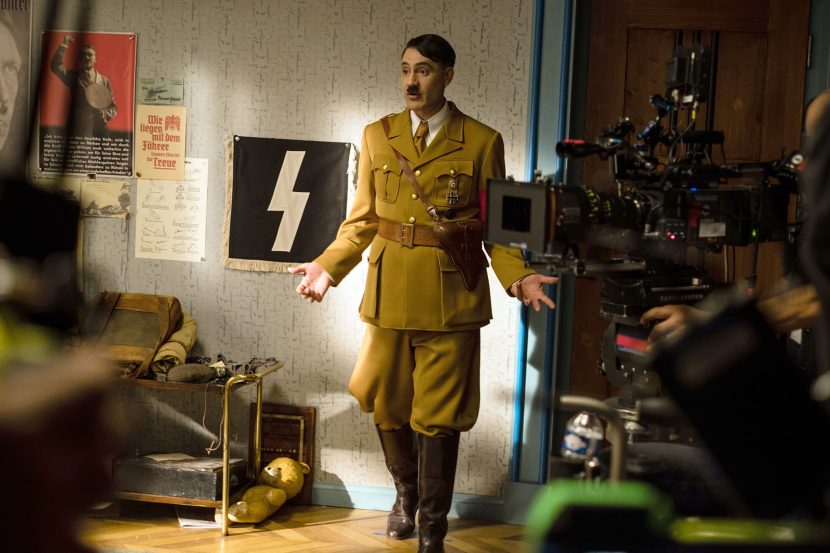
In the film, Jojo is aided by an idiotic imaginary friend, Adolf Hitler (Taika Waititi). This discovery forces Jojo to confront his blind nationalism. Waititi is himself a Māori Jew, “I hope the humour in Jojo Rabbit helps engage a new generation; it’s important to keep finding new and inventive ways of telling the horrific story of World War II again and again for new generations, so that our children can listen, learn, and move forward, unified into the future. Here’s to putting an end to ignorance and replacing it with love”.
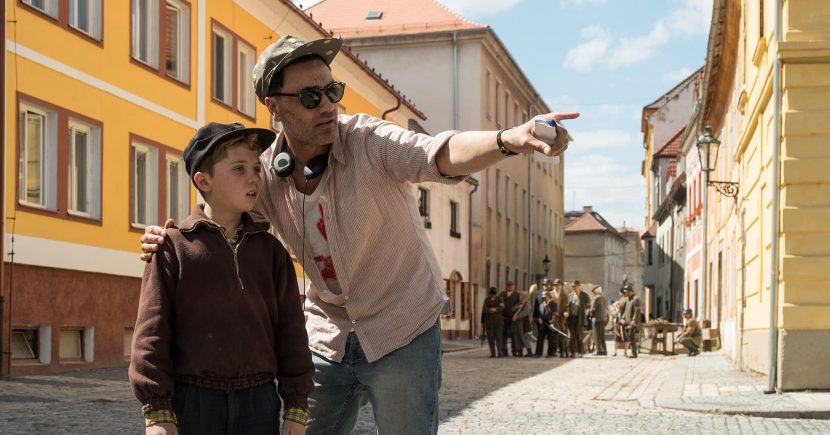
The visual effects supervisor was Jason Chen, and the DOP was Mihai Malaimare. Chen got involved just as he was finishing working on the last Transformers film. “I was just finishing up Bumblebee (2018) at the time when Taika and I were chatting about this movie … I read the script and was floored by it and I was really excited to join the film”. For Chen one of the biggest challenges was “threading the needle and finding that fine line between a child’s perspective on the war, while also being true to what was happening in Germany at the end of WW2.” Chen started his career at the age of 17, on AVATAR working for Weta Digital and Lightstorm Entertainment in a variety of capacities revolving around virtual production and live-action integration, he has since worked on many big-budget films.
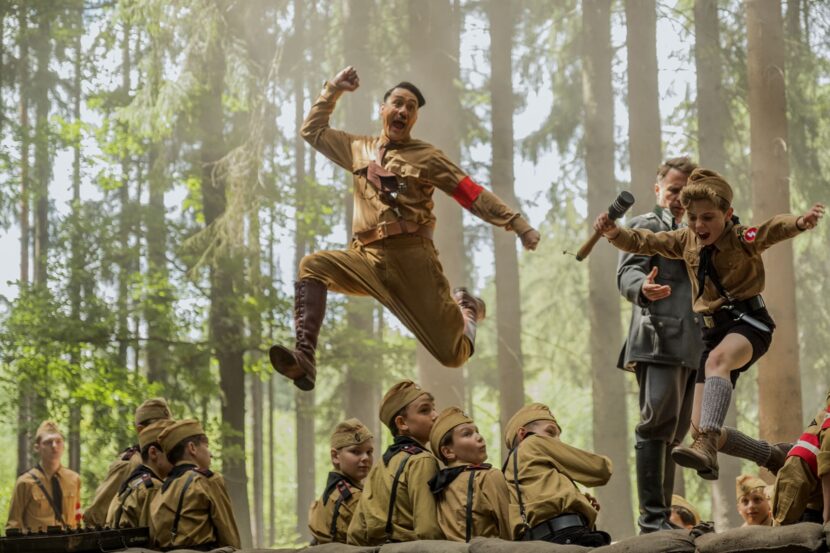
In a lot of WWII-era films, everyone is dressed in brown and gray tones. “But if you look at the fashions of the time, there was really lots of bright colors and high style. We didn’t want to push too far into something surreal, but we wanted to really bring out the color and energy you don’t usually see,” says Waititi. Malaimare notes that recently rediscovered color footage of WWII-era Germany utterly altered his view of an era that in most people’s minds is depicted in black-and-white. “One of the things Taika and I talked about in the beginning is that our perception of that time can play tricks on us,” Malaimare explains. “We have seen so many muted period films from WWII, whether in black & white or in more somber colors, that we are shocked to see such a vibrant spectrum of color. But that was the reality and once we decided to reflect this, it was an idea that circulated through the set design and the costumes”.
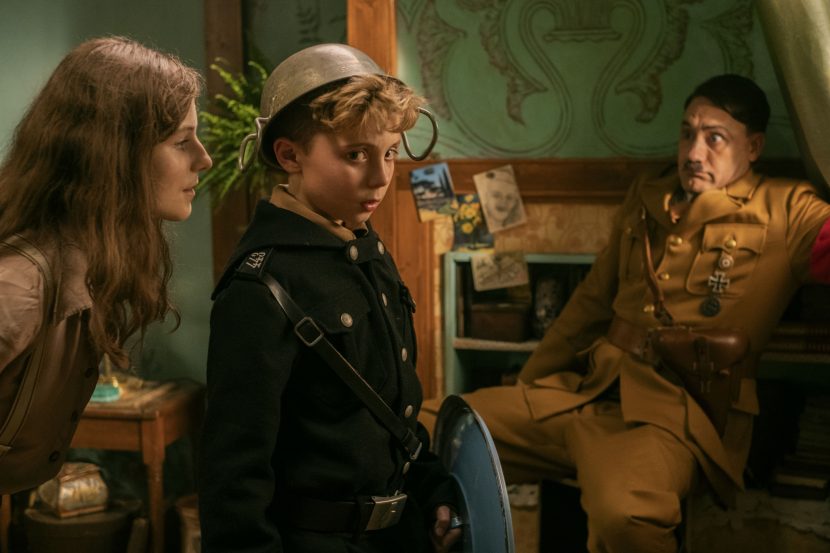
Chen was determined to get the visual effects accurate, as the filmmakers were referencing a point in time that existed and has been so heavily documented. “We really wanted to make sure that our set extensions and all our work was really invisible because it’s such an important part of the film, but also we did not want to detract from the story” he explains. “We really wanted to make the effects a seamless illusion”.
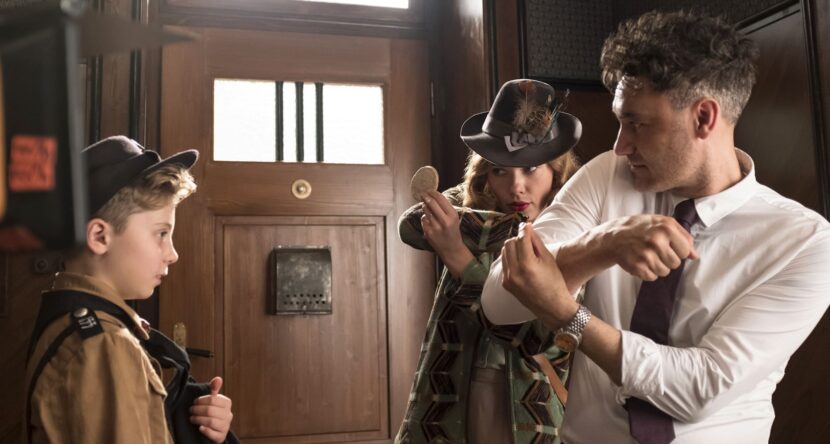
Using the Arri Alexa SXT family of digital 35mm cameras, Malaimare took a unique approach to the lenses. Rather than stick to standard anamorphic 2X lenses, he used the Hawk V-light squeeze anamorphic 1.3X lenses that give a more organic feel. “We found this technique of using anamorphic 1.3X lenses gave us the color saturation we wanted. Skin tones get this velvety quality, so it feels very alive without being too overly cinematic,” the cinematographer explains. Chen’s team took a lot of care to map every single lens to capture the exact amount of distortion and match the anamorphic look and feel in VFX work.
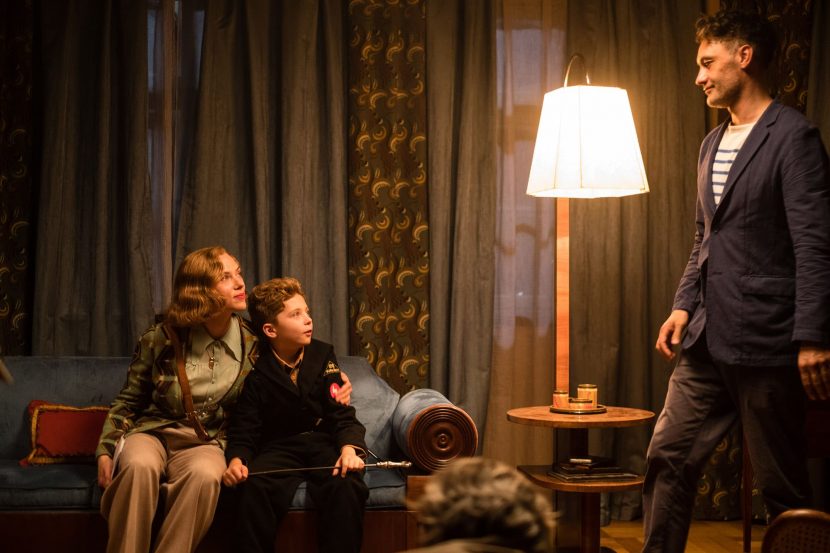
To bring Jojo’s fictional hometown of Falkenheim to life, the production headed for Žatec and Úštěk, small towns in the Czech Republic—in an area that was at times considered part of Germany and was under German occupation in WWII. Most of the interior sets were built on stages within Prague’s Barrandov Studios, which was ironic as, during the WWII occupation, that very same studio churned out Nazi propaganda. The large wide visual effect set extensions were all built around parts of Prague. The team did use blue screen for the deep background of many shots, and they also relied on techniques Chen had used on much larger tentpole films. “We brought in Clear Angle Studios, a LIDAR company who we’ve worked with the past on multiple Marvel films and as well as films such as JJ Abram’s Star Trek films”, he explains. “They really brought that big-budget mentality to this project and captured everything as accurate as one could on the shoot days. I think that really shows off in the tail end of the project”.
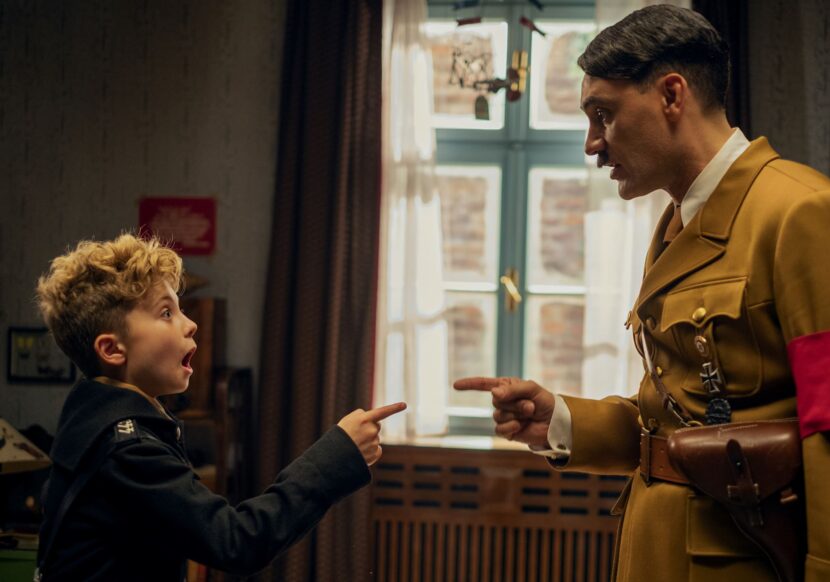
Chen supervised the film which had about 200 visual effects shots, “- about half of which were big invisible set extensions and often done by a great a ragtag team of in house compositors”. The in-house compositing team was headed by Kenneth Quinn Brown who also worked with Chen on Bumblebee. This team worked side by side with Luma Pictures who handled all the complex explosions. Chen comments that great thing about working with Luma Pictures “is that they had been interested in the script for years. A film of this scale is generally not in the wheelhouse, but as soon as I called them they were excited about the project and really excited about working with Taika again”. Brendan Seals was the VFX supervisor at Luma and Chen commented that Seals made sure that Jojo Rabbit “had all the tools that one would normally only have on a bigger budget movie,- just because Luma was so impressed with the source of material, and they wanted to be supportive”. Luma split the work between their LA and Melbourne offices.
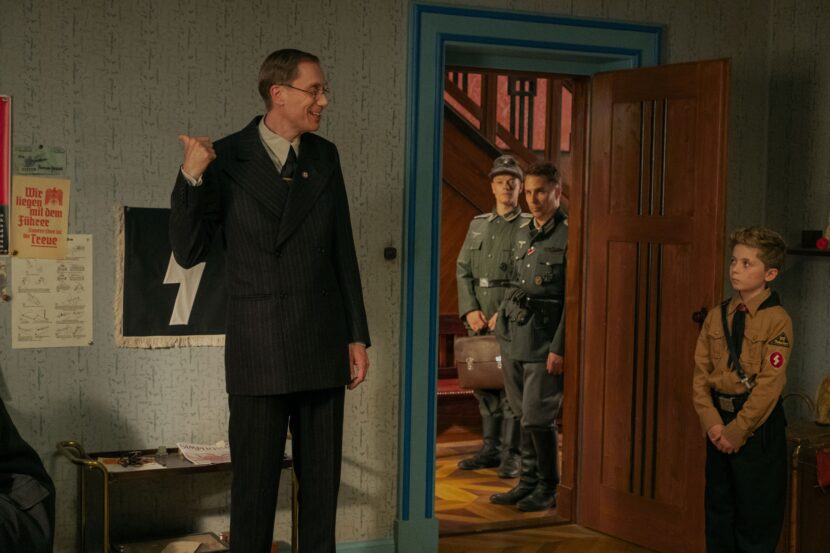
Key to working to the tight budget was planning out the work very accurately and the team had a solid 8 weeks of preparation before principle photography. During that time he comments that there was a very tight collaboration between the production designer Ra Vincent, Mihai Malaimar, the director of photography, Mayes Rubio our costume designer and of course Taika – with everyone really honing in those specifics of each scene”. Chen had had recently worked with Vincent on Thor: Ragnarok as well as Waititi’s What We Do In The Shadows pilot. “Ra (Vincent) always makes it a rule that visual effects has access to all the art department servers and similarly, he had access to our visual tech server”. The shoot schedule was 35 days, and the visual effects were in a post-production phase for almost a year. During that time Chen’s team and Luma explored varying levels of realism and hyperrealism before landing on the right visual feel for the childlike perspective of Jojo.
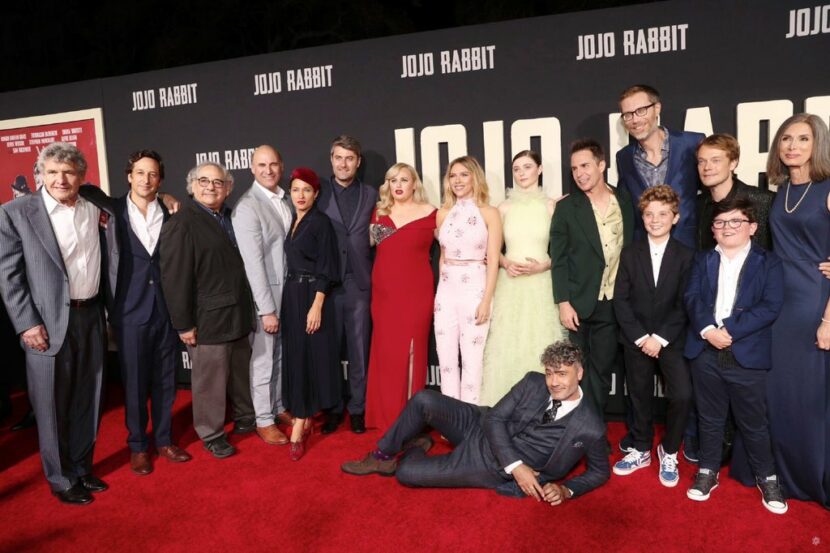
In addition to Taika Waititi, Roman Griffin and Thomasin McKenzie, the film has a very strong supporting cast with great performances Stephen Merchant, Sam Rockwell, and Scarlett Johansson. The film was finished and graded at Company 3 in LA. Jojo Rabbit opens in the USA on November 8th.-
